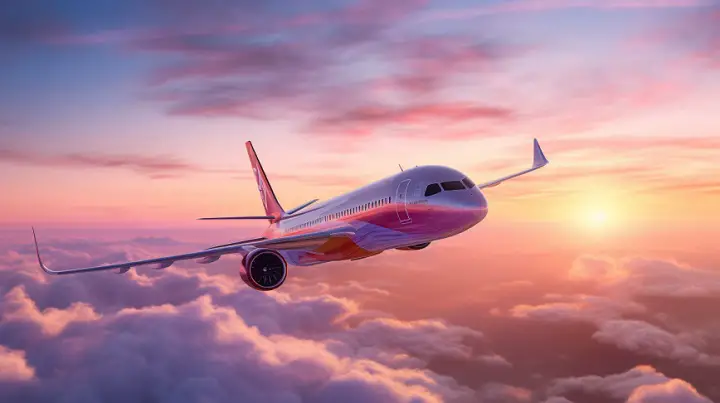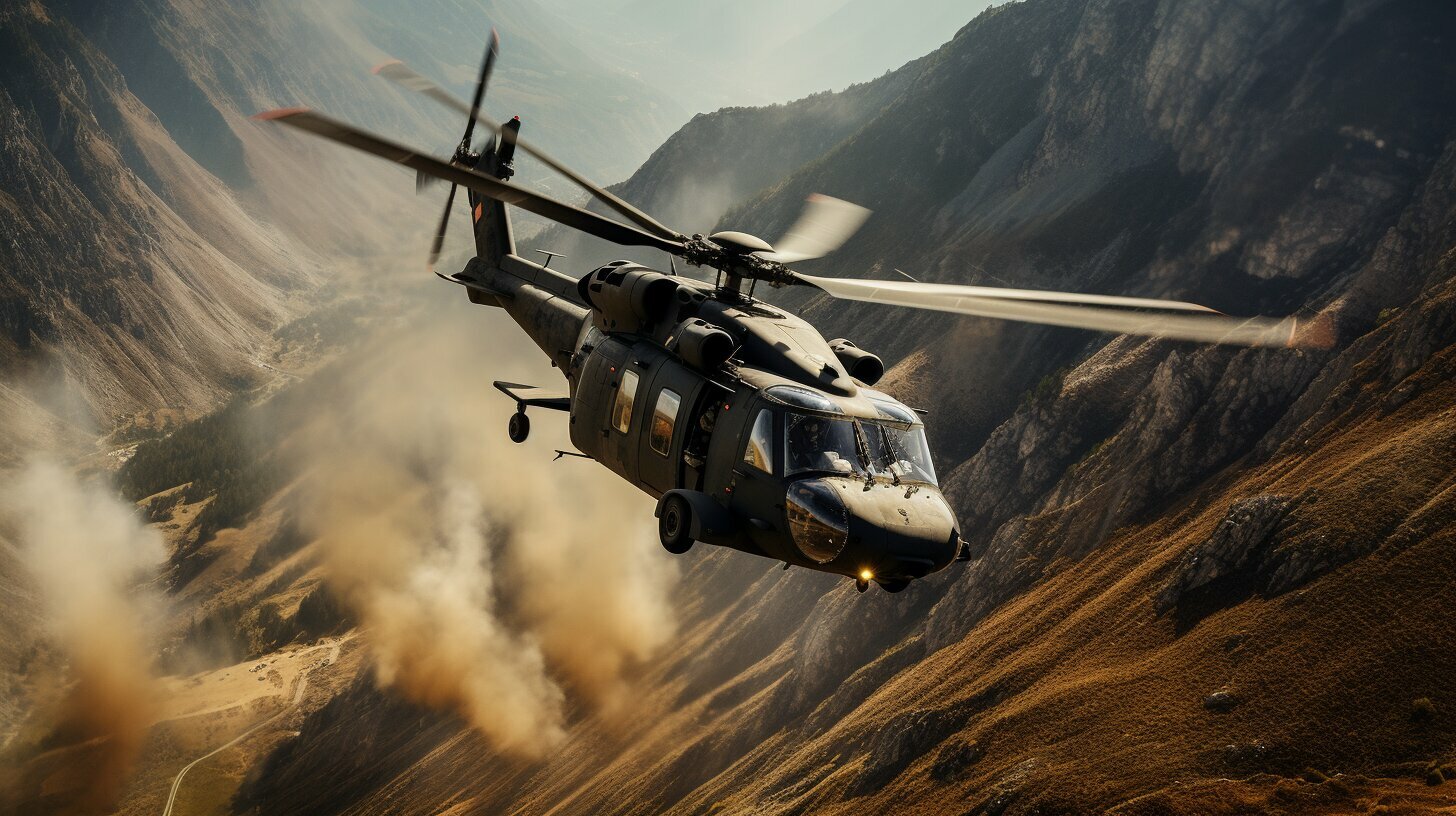
Is the Boeing 787 Dreamliner World’s Most Modern Aircraft?
The Boeing 787 Dreamliner is one of the most modern aircraft in the world. Introduced in 2011, it has revolutionized the aviation industry with its advanced features and innovative design. Let’s delve into the various aspects that make the Dreamliner a remarkable aircraft.
Use of Composite Materials
One of the key features that set the Boeing 787 Dreamliner apart is its extensive use of composite materials in its construction. Unlike traditional aircraft made predominantly of aluminum, the Dreamliner incorporates lightweight carbon fiber-reinforced polymer composites. These materials are stronger and significantly lighter, contributing to enhanced fuel efficiency and extended range capabilities. By reducing weight, the Dreamliner can carry more passengers and cargo while consuming less fuel, thereby lowering operating costs and reducing environmental impact.
Furthermore, the use of composites allows for greater design flexibility, enabling the Dreamliner’s distinctive features like larger windows, improved cabin pressure, and better humidity levels. This innovative construction approach has made the Dreamliner a game-changer in the aviation industry, leading to a paradigm shift in aircraft manufacturing.
Larger Windows
Passenger experience is a top priority in long-haul flights, and the Dreamliner reflects this focus. The aircraft boasts larger windows compared to previous aircraft models, providing passengers with breathtaking views and a heightened sense of space.
The windows on the Dreamliner are made of a special material that blocks out harmful ultraviolet rays, reducing eye fatigue and helping to alleviate jet lag. Passengers can enjoy a more pleasant and comfortable journey with an enhanced connection to the outside world.
Improved Air Quality
Air quality within the aircraft cabin is crucial for the well-being and comfort of passengers. The Boeing 787 Dreamliner introduced an advanced air filtration system that removes contaminants and allergens, resulting in cleaner and healthier air on board. This system ensures a more pleasant environment and helps reduce the transmission of airborne diseases. Passengers can breathe easier and enjoy a more refreshing flight experience.
Quieter Engines
Noise reduction is another significant advancement in the Dreamliner. The aircraft featured new engines that were considerably quieter than their predecessors. Quieter engines enhance the overall passenger experience by minimizing noise disturbance during the flight, allowing for a more peaceful and relaxing journey. Additionally, reduced noise pollution benefits communities surrounding airports, contributing to a more sustainable aviation ecosystem.
Despite its notable advancements, the Dreamliner has faced some challenges. In 2013, the aircraft experienced issues with its lithium-ion batteries, leading to a temporary grounding. However, Boeing addressed these concerns promptly, implementing robust solutions to ensure the Dreamliner’s safety and reliability.
Final Thoughts
Overall, the Boeing 787 Dreamliner is a significant technological leap forward in the aviation industry. Its use of composite materials, larger windows, improved air quality, and quieter engines have revolutionized the flying experience for passengers.
While it has faced obstacles along the way, the Dreamliner remains a popular choice for airlines worldwide. It has demonstrated its potential to shape the future of air travel, offering greater efficiency, passenger comfort, and environmental sustainability. As technology continues to evolve, the aviation industry can look forward to further advancements inspired by the groundbreaking features of the Dreamliner.







